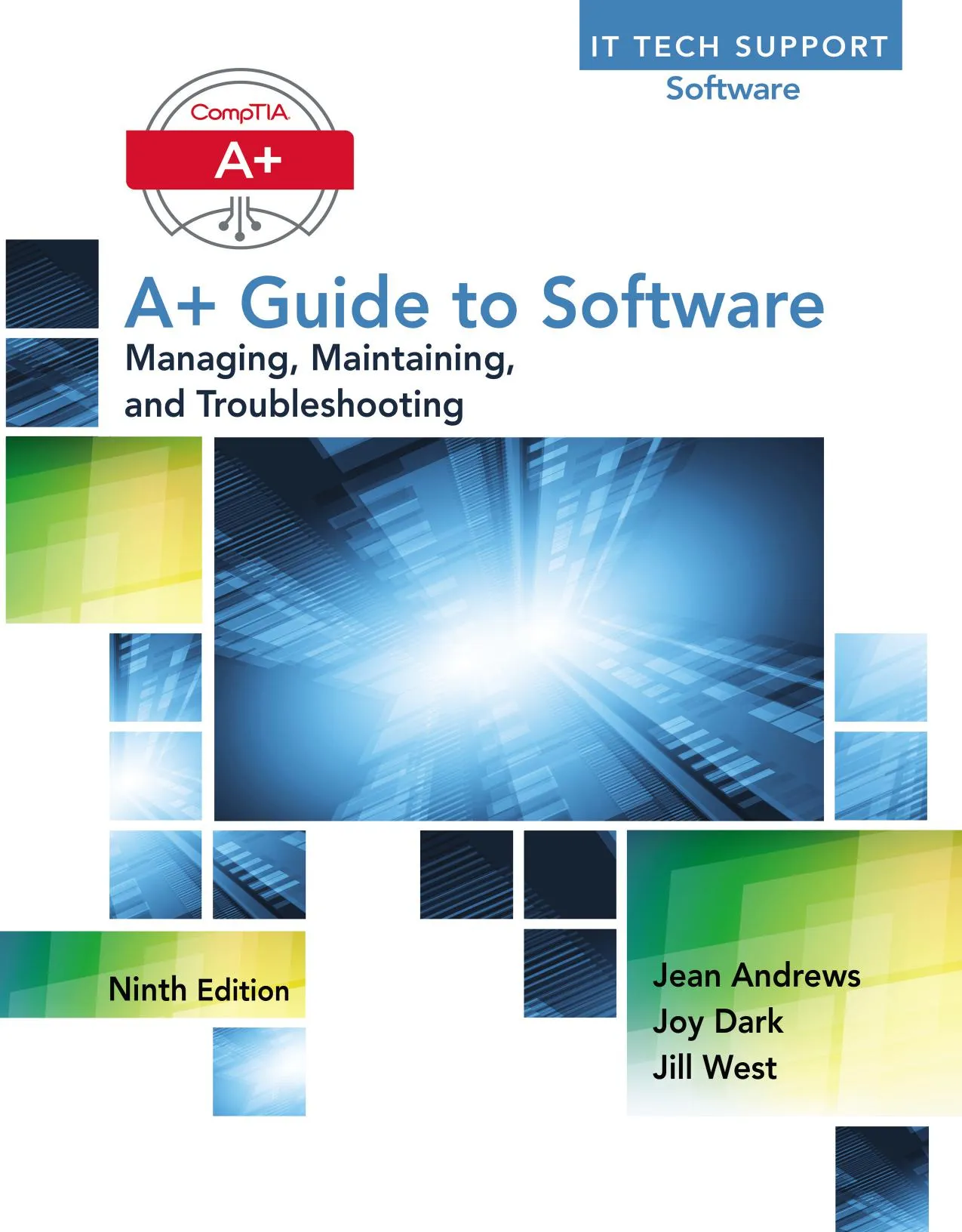Automated Software Engineering
4.7
Reviews from our users

You Can Ask your questions from this book's AI after Login
Each download or ask from book AI costs 2 points. To earn more free points, please visit the Points Guide Page and complete some valuable actions.Related Refrences:
Analytical Summary
The segment titled Automated Software Engineeringpp.143—144 offers a concentrated examination of core theoretical and applied concepts shaping the automated software engineering discipline. Penned by Harrison, Rachel; Menzies, Tim, this part of the work dissects automation’s role in elevating efficiency, reliability, and scalability within complex software projects. It is not merely a continuation of earlier chapters but a precision-focused exploration of specific methods, tools, and case-informed reasoning relevant to software automation in both research and practice.
Readers are guided through layered discussions that integrate contemporary trends with foundational principles, ensuring that not only are the latest paradigms addressed, but they are also situated in the context of enduring engineering values. This section bridges academic rigor with operational applicability, appealing to readers who value meticulous synthesis over superficial treatment.
The authors present key modeling strategies, quality assurance techniques, and insights into human–machine collaboration in code generation and testing. While some real-world case studies are hinted at, specifics beyond the textual content of pages 143–144 remain “Information unavailable” due to the lack of reliable public documentation. Nonetheless, the analytical structure presented allows professionals to extrapolate methodologies to their unique contexts.
Key Takeaways
From these pages, several pivotal lessons emerge—each relevant to advancing software engineering through automation while maintaining decision-making control and quality standards.
Firstly, automation should be approached as a partner in engineering rather than a full replacement for human oversight. Secondly, embedding intelligence into development pipelines enhances error detection and adaptability. Thirdly, knowledge sharing between researchers and practitioners is vital for making automation robust and context-sensitive.
Furthermore, the authors showcase that focusing on tool interoperability reduces friction in diverse development environments. Finally, iterative evaluation and feedback loops remain indispensable to sustain efficiency and precision over time.
Memorable Quotes
“Automation in software engineering is not about replacing people; it’s about augmenting their ability to build better systems.” Unknown
“Interoperability between automated tools is as crucial as their individual capabilities.” Unknown
“Feedback loops transform automation from a static process into a dynamic, learning system.” Unknown
Why This Book Matters
Automated Software Engineeringpp.143—144 represents a critical cross-section of knowledge for anyone engaged in building or researching automated systems within the software lifecycle. For academics, it provides a rigorous yet concise dive into methods backed by conceptual clarity. For industry professionals, it distills actionable practices that inform real-world decision-making.
The synthesis of academic insights with engineering pragmatism ensures that the coverage resonates with multiple audiences. The emphasis on intelligent engineering processes makes it especially relevant in today’s shift towards AI-driven development and DevOps cultures. The structure of discussion ensures that even without complete contextual knowledge from the entire book, this segment adds standalone value.
Inspiring Conclusion
The material contained within Automated Software Engineeringpp.143—144 is not a passive read—it is an invitation to think critically about how automation can redefine the future of software engineering. For scholars, this is an opportunity to bridge theory and novel experimentation; for practitioners, it’s a roadmap to smarter, more adaptive software creation.
With its balance of academic discipline and practical orientation, these pages call for an active response: discuss the ideas with peers, evaluate them against your current workflows, and identify where their integration could bring measurable impact. As the domain of automated software engineering evolves, the questions and frameworks introduced here will undoubtedly remain relevant.
Your next step is clear—study the intricate reasoning, share these insights with colleagues, and nurture the collaborative mindset needed to advance automation responsibly. Let this focused portion of the book become a catalyst for innovation in your own engineering journey.
Free Direct Download
You Can Download this book after Login
Accessing books through legal platforms and public libraries not only supports the rights of authors and publishers but also contributes to the sustainability of reading culture. Before downloading, please take a moment to consider these options.
Find this book on other platforms:
WorldCat helps you find books in libraries worldwide.
See ratings, reviews, and discussions on Goodreads.
Find and buy rare or used books on AbeBooks.
1094
بازدید4.7
امتیاز0
نظر98%
رضایتReviews:
4.7
Based on 0 users review
Questions & Answers
Ask questions about this book or help others by answering
No questions yet. Be the first to ask!




